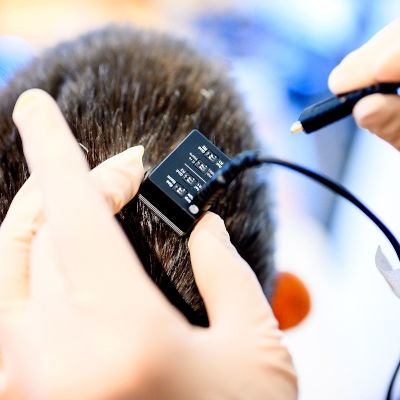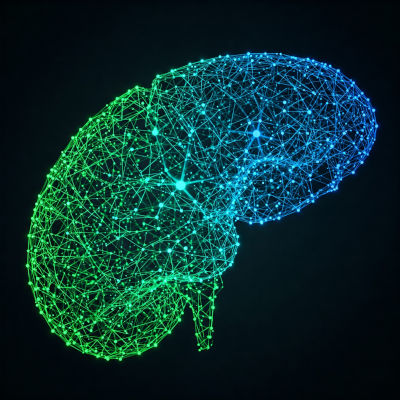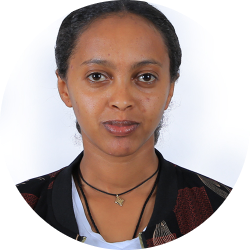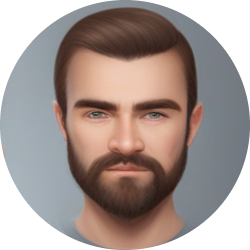First patient: Neuralink is a new world, a new frontier
Oct. 22, 2024.
2 mins. read.
16 Interactions
Noland Arbaugh, the first person to receive a Neuralink brain implant in January, speaks about his experience and expectations.
In January, Noland Arbaugh was the first person to receive a Neuralink brain implant. This implant is designed to help people who are paralyzed use computers and other devices with just their thoughts.
Arbaugh, who was paralyzed from the shoulders down, received the brain implant in January. The device uses tiny wires with electrodes to read brain activity, which then allows Arbaugh to control a computer cursor.
After the surgery, Arbaugh experienced some ups and downs. Initially, he was excited about the potential of regaining some independence. For example, he could play chess and video games just by thinking. However, some of the implant’s threads that connect to the brain got displaced, reducing the effectiveness of the implant.
But Neuralink managed to improve the device’s performance through software updates, allowing Arbaugh to continue using it to control digital devices.
Arbaugh has recently spoken with LBC. The interview is online on YouTube.
Arbaugh is hopeful about the technology’s future and suggested the idea of controlling a robot with his mind, which could assist him daily.
The road ahead
Neuralink announced its second human trial in August.
“It really is just a whole new world that we’re exploring here,” Arbaugh says, “a new frontier.”
Arbaugh’s journey with Neuralink highlights a step towards merging human cognitive functions with computers. This could restore autonomy to those who’ve lost it due to paralysis.
But there are more futuristic and awesome, world-changing implications and applications down the road. In his biography of Elon Musk (2023), Walter Isaacson notes that Musk started Neuralink to develop futuristic interfaces between minds and machines.
In her book “Artificial You: AI and the Future of Your Mind” (2019), Susan Schneider notes that Neuralink would facilitate “some sort of merger of biological intelligence and machine intelligence.” This would achieve the full fusion of humanity and technology that Ray Kurzweil envisions in “The Singularity Is Nearer: When We Merge with AI” (2024).
Meanwhile, Brain-Computer Interfacing (BCI) technology continues to advance step by step. Neuralink co-founder Max Hodak has launched a company to develop a tech stack for neural engineering. This “is going to be bigger than a lot of people think,” Hodak told Bloomberg. Here is an unpaywalled copy of the Bloomberg story.
Let us know your thoughts! Sign up for a Mindplex account now, join our Telegram, or follow us on Twitter.


.png)

.png)


.png)










1 Comments
One thought on “First patient: Neuralink is a new world, a new frontier”
Noland Arbaugh's journey with Neural ink is truly inspiring! It’s exciting to see how brain-computer interfaces could open up a world of new possibilities for human-machine integration. Looking forward to where this tech will go next!
🟨 😴 😡 ❌ 🤮 💩